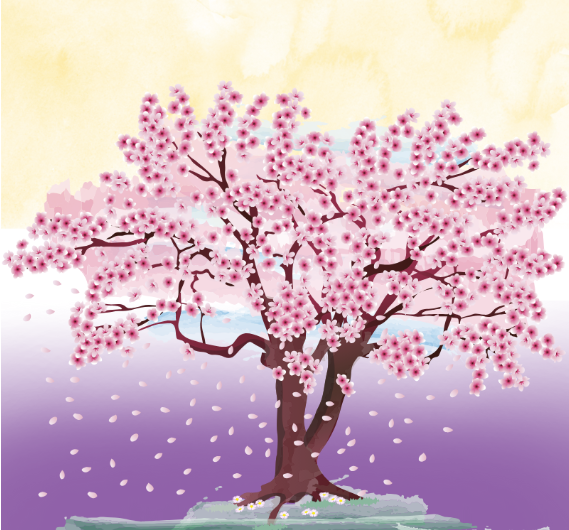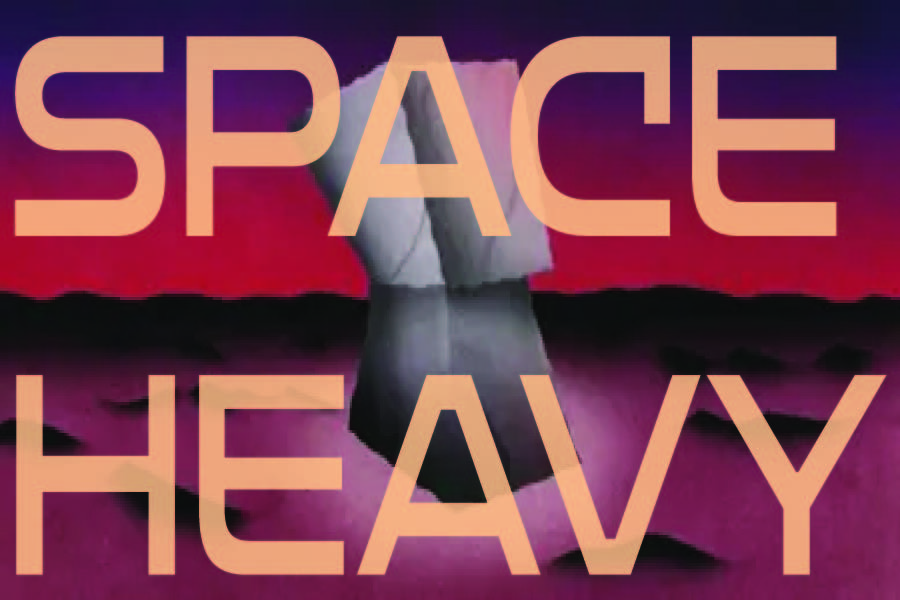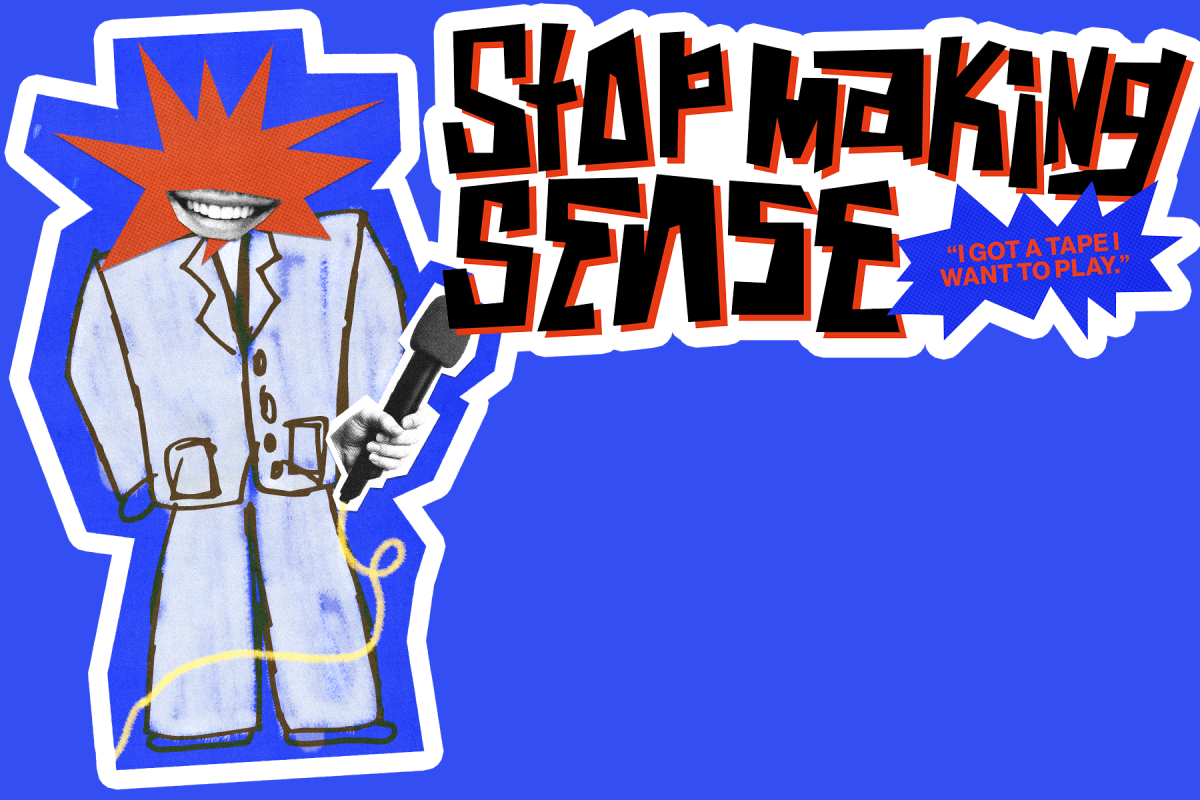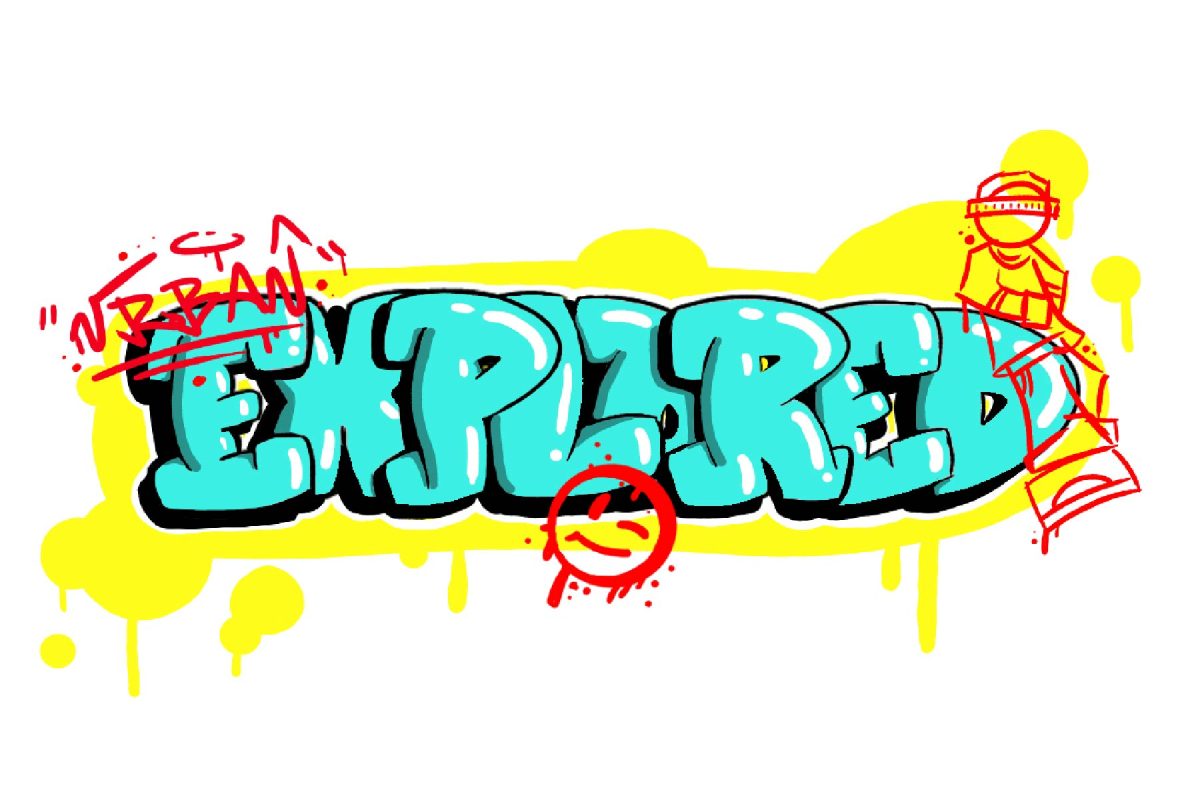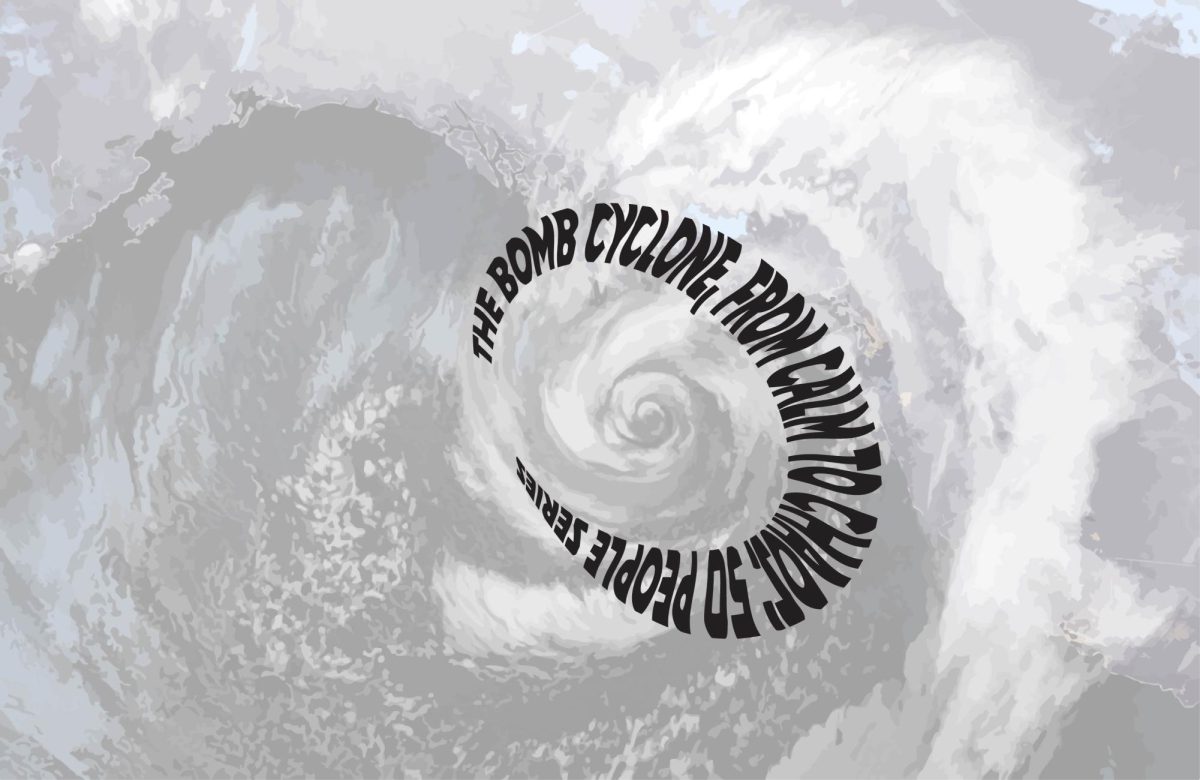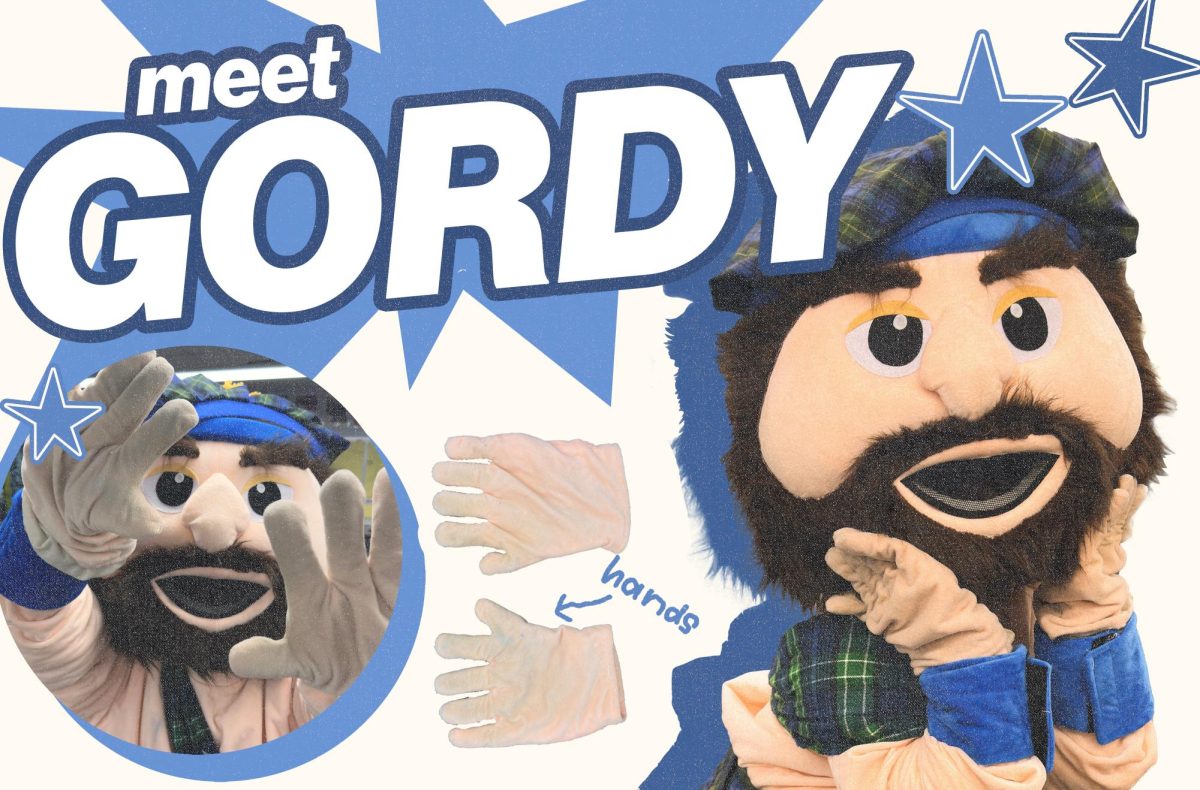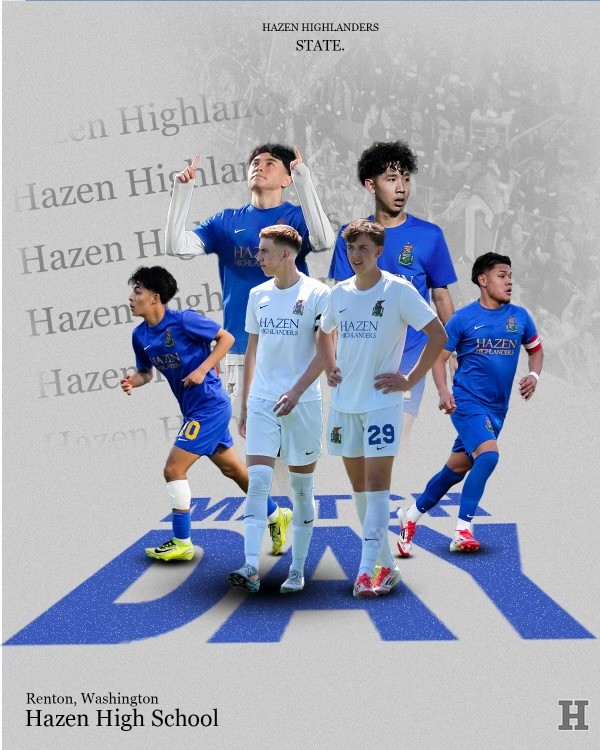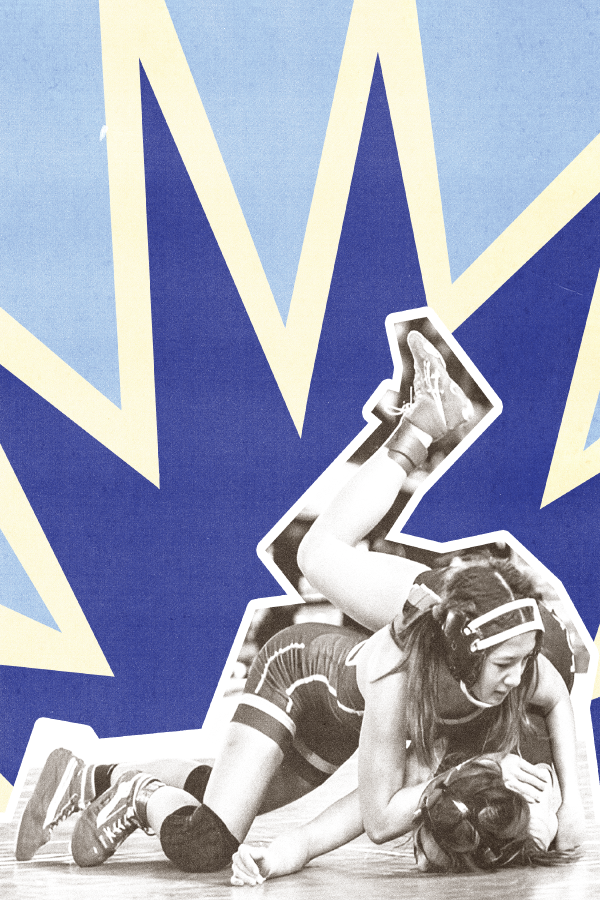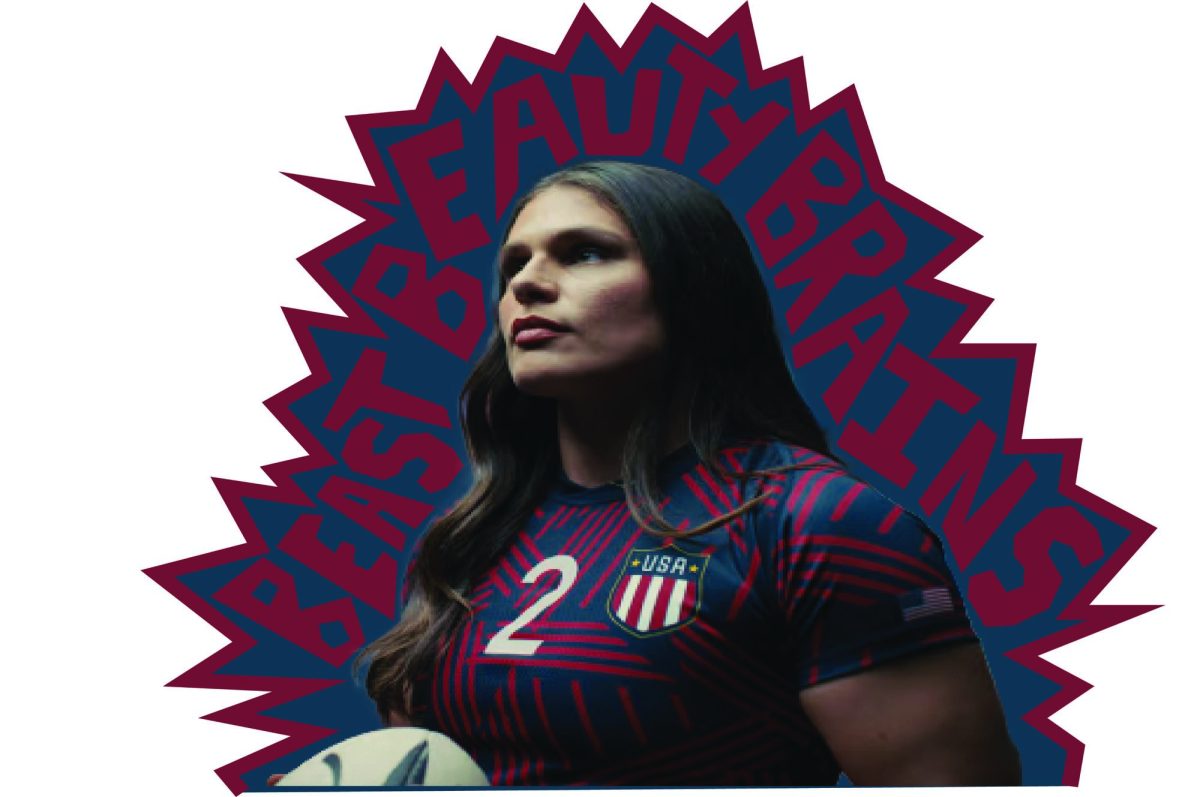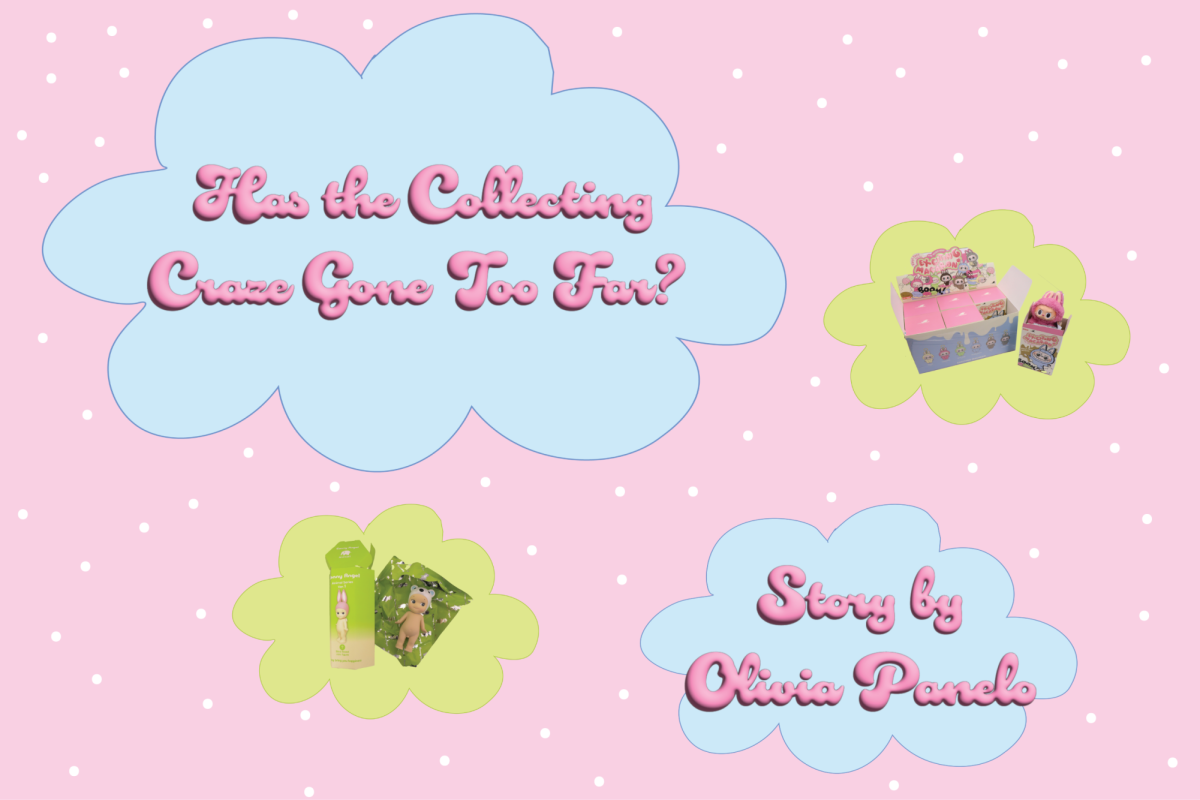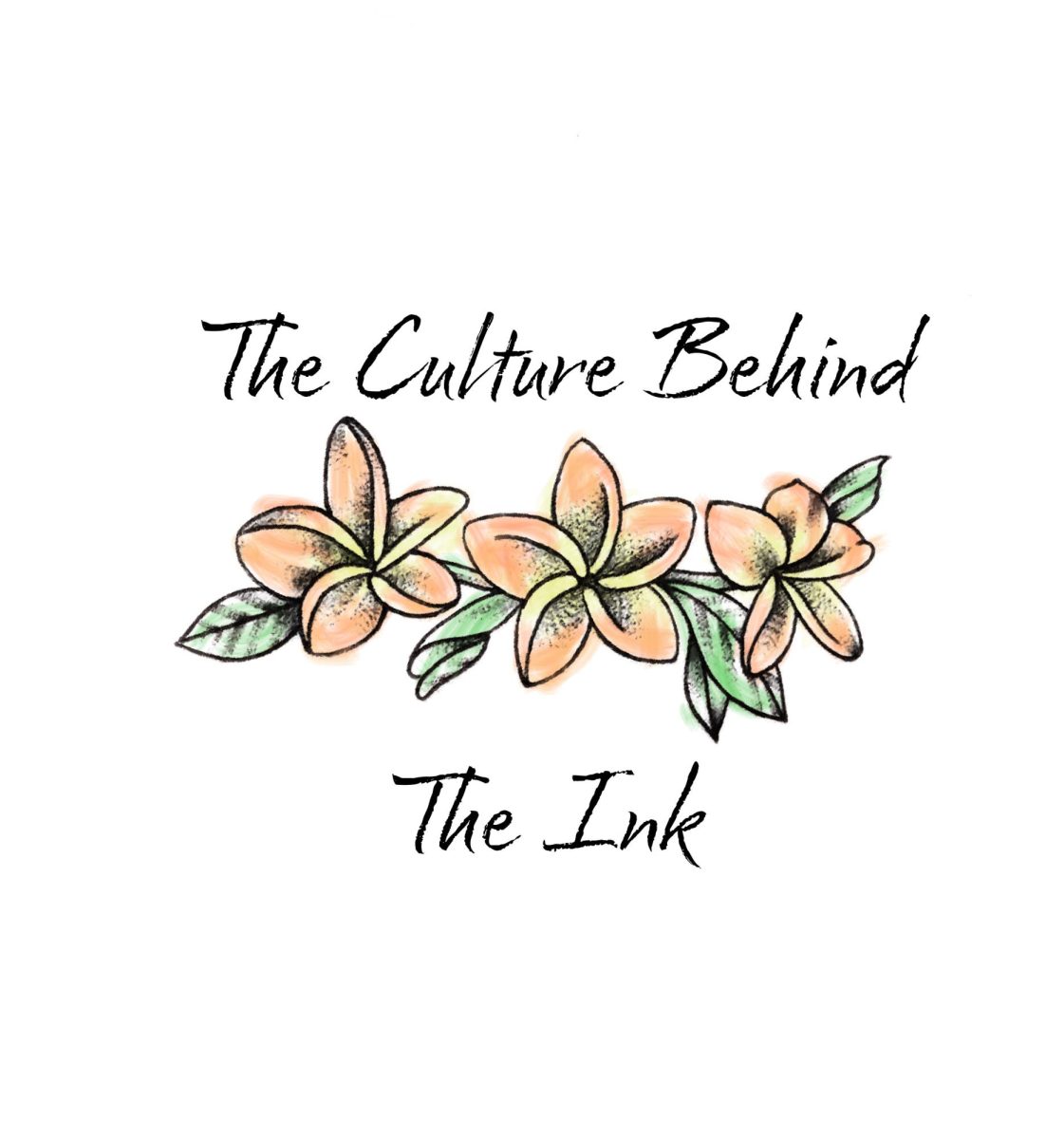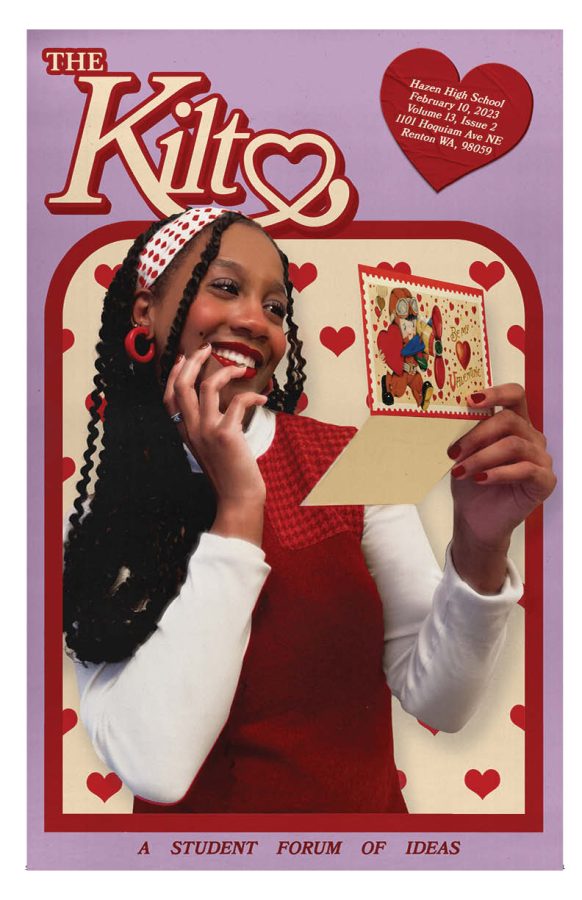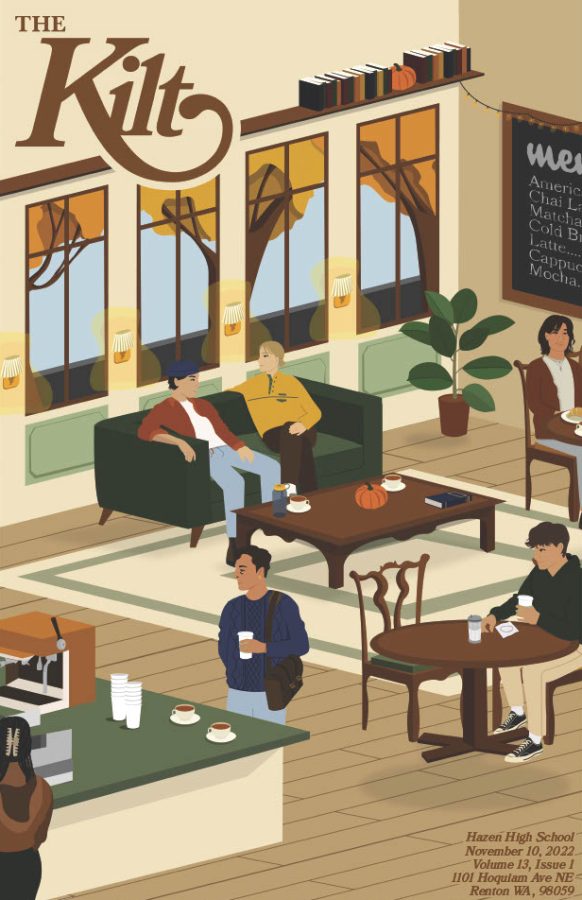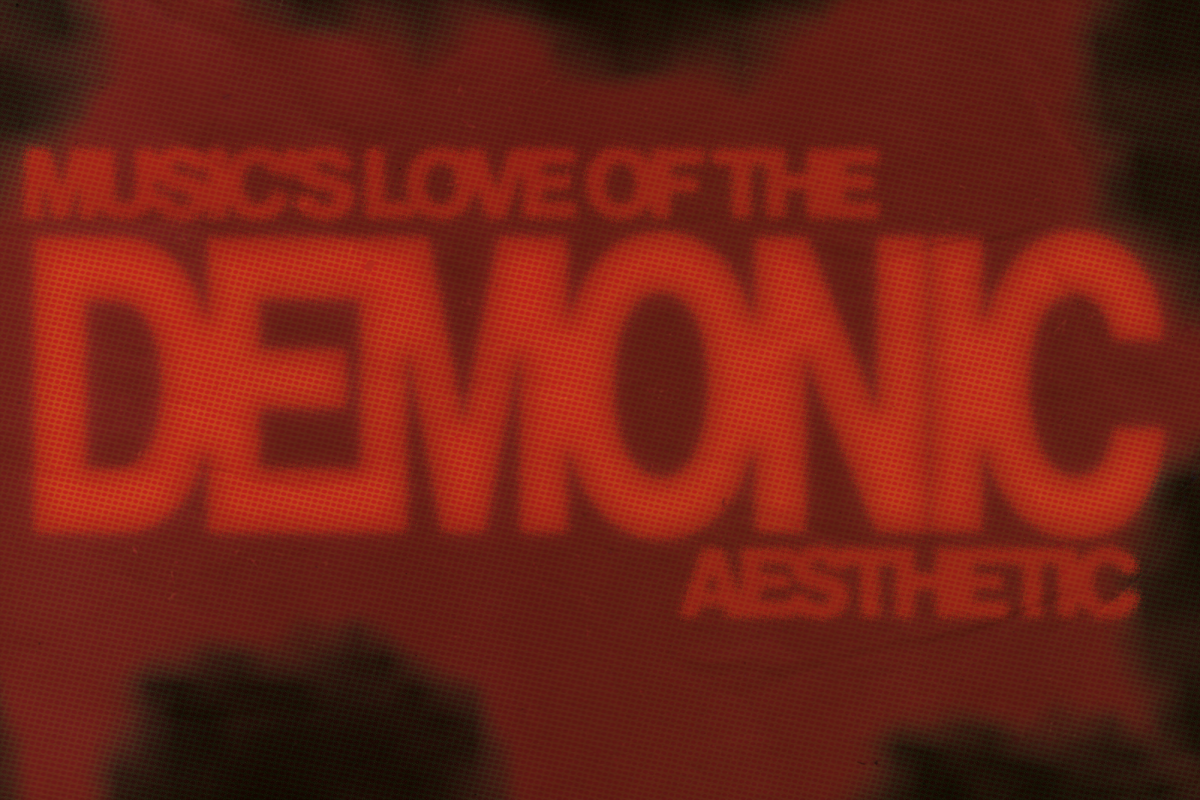In the ever-developing world of the music industry, the need for unique and effective marketing strategies is always a top priority. Social media has certainly influenced the changes made to how marketing is approached as now everything can be accessed readily through the internet. Due to the sheer accessibility present with social media, marketing tactics must stand out more than ever to capture the attention of the general public.
As of recently, TikTok has been considered the standard for music labels to market and package their artists, which has proven to be an effective route. However, a rising trend among major artists seems to be gaining traction; embracing a demonic aesthetic. Whether that be through music videos, lyrical content, or even fashion statements many mainstream musicians have utilized a demonic aesthetic as a means to reach headlines through the controversial backlash.
The first major example of this demonic aesthetic being used was during Lil Nas X’s legendary run during the rollout cycle for his debut studio album. Prior to the album’s release, a single and accompanying music video was released titled Montero (Call Me By Your Name), which saw a massive wave of controversy regarding the visuals and content. Without getting into specifics, the video contained very strong imagery of a fiery and hellish landscape with moments of graphic choreography. The song ended up proving to be a major success, debuting at number one on the Billboard Top 100 and amassing hundreds of millions of views. Around this same time frame, Lil Nas X also dropped his own pair of Nike shoes (Not endorsed by Nike itself) which contained a small drop of genuine human blood. In press releases regarding the shoes he also dressed himself in demonic-themed outfits with the accompanying color scheme. Throughout this rollout, the majority of media coverage revolved around the demonic imagery present and the danger they believed it presented, even though the exposure they provided only added to the success both the single and the shoes brought.
A similar case occurred with other notable rappers like Doja Cat and Lil Uzi Vert. The two rappers took a very similar approach with how they marketed their new projects released this year, those being Scarlet and The Pink Tape. In the months leading to her album’s release, Doja Cat infamously embraced a meaner persona that resulted in backlash due to the way she treated her fans in a careless and unthankful manner. The singles released prior to the September release of her album drew controversy as well with the demonic visuals and overall attitude she displayed on the records. The biggest of these singles, Paint The Town Red, ended up becoming yet another number-one billboard hit for Doja Cat even with the extreme demonic imagery present in both the music video and certain lyrics.
Lil Uzi Vert did a similar thing with the stylistic choices they made surrounding their image. They rocked a very unique hairstyle that many critiqued as a demonic-centered look, which given how eccentric the style was doesn’t seem too far-fetched. They also received much criticism due to the adlibs present throughout much of The Pink Tape’s tracklist where many grunts, moans, and screams were consistently a part of each song, a criticism that has plagued heavy metal music for decades. Considering the record takes many experimental routes, including influence from heavy metal music itself, it’s safe to say that at least some of the pushback comes from a pre-established bias against the sounds being used, mainly the manic energy.
Regardless of the controversy, Lil Uzi Vert continued onward with his success as the album ended up becoming the first number-one rap album of the year marking a historic comeback for the genre. The record also went on to crash Spotify upon its initial release, with it now closing in on over 1 billion streams across all credits.
The throughline between all these artists and controversies is the success rate that follows each one of them. Lil Nas X, Doja Cat, and Lil Uzi Vert were all substantial artists prior to their new aesthetic switch-ups, however, through their new branding they reached new heights that they hadn’t before or continued the rampant momentum needed for longevity, especially in the music industry. The controversies that followed merely drew more attention to the music itself, allowing it to reach wider audiences that wouldn’t have been aware of it before. With that said, if personal reasons make it so that this music isn’t for you that isn’t a problem at all. Understanding why these artists chose to use a demonic aesthetic versus actually embracing it for yourself is completely different, making the right decision for yourself is the most important thing at the end of the day.

